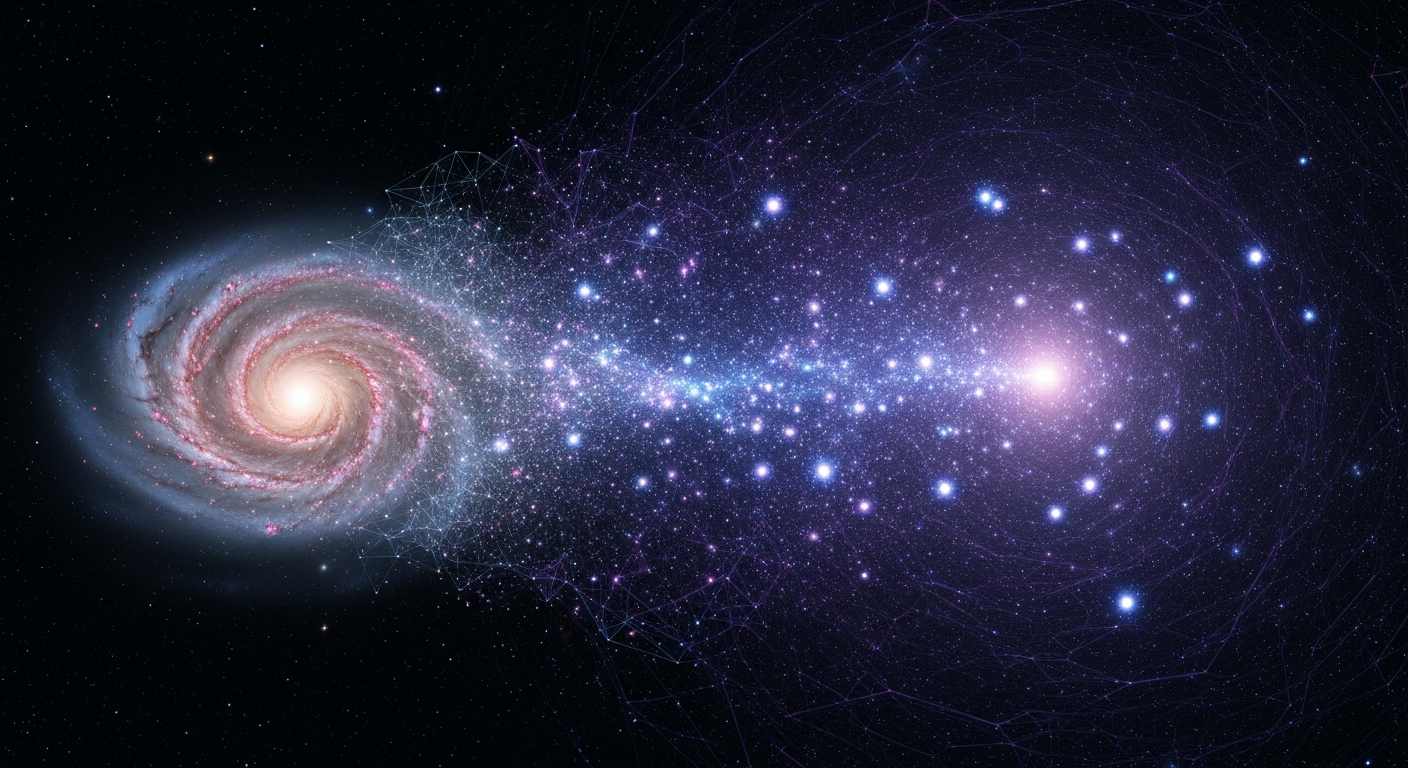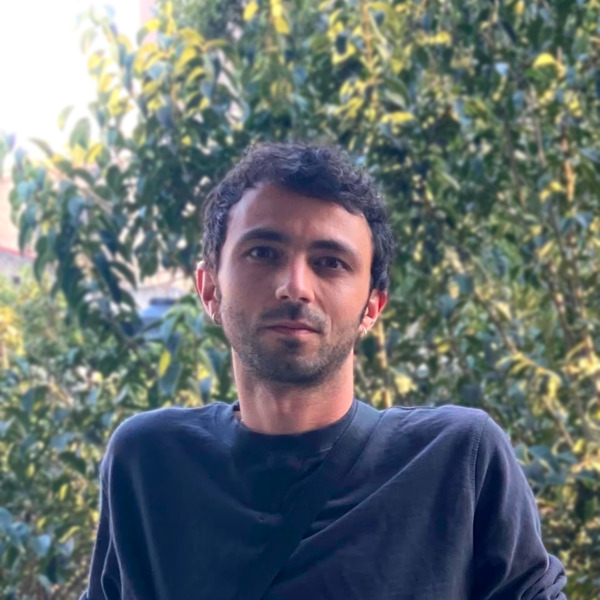Predicting the Subhalo Mass Functions in Simulations from Galaxy Images

The fundamental nature of dark matter remains one of the most significant unsolved problems in modern physics. A powerful avenue for testing dark matter models is to study its clustering behaviour on sub-galactic scales, quantified by the subhalo mass function (SHMF). While strong gravitational lensing can directly probe the SHMF, a persistent challenge has been comparing these observations to theory, as theoretical predictions depend heavily on the specific properties and formation history of each individual galaxy. Our latest paper, “Predicting the Subhalo Mass Functions in Simulations from Galaxy Images,” led by Andreas Filipp, introduces a novel machine learning framework to bridge this gap.
A Galaxy-Specific Approach with AI
At the heart of our research group’s mission is the development of cutting-edge AI methodologies to solve complex problems in astrophysics. This work exemplifies that approach by creating a framework that can predict the theoretical SHMF for an individual galaxy directly from its image. Instead of relying on generalized theoretical predictions, our model learns a direct mapping from a galaxy’s observable morphology to its underlying dark matter substructure, conditioned on a given dark matter model (in this case, warm dark matter, or WDM).
This is a crucial step forward. Different dark matter scenarios, such as WDM, predict a suppression of low-mass halos, a feature that should be imprinted on the SHMF (10.1093/mnras/stz3480). By generating precise, galaxy-specific predictions, our method enables a much more direct and rigorous comparison with observational constraints derived from strong lensing systems.
Methodology: From Simulations to Predictions
Our model’s success hinges on a robust training dataset and a sophisticated neural network architecture.
- Training Data: We utilized the DREAMS simulation suite, a collection of 1024 high-resolution hydrodynamical zoom-in simulations (10.3847/1538-4357/adb8e5). This diverse set of simulations allows our model to learn across various galaxy formation scenarios and WDM masses.
- Image Generation: To create realistic training inputs, we generated mock observational images from the simulations using the
Synthesizercode and identified the ground-truth subhalos with theRockstarhalo finder. - Network Architecture: We employed a hybrid architecture consisting of a ResNet-18 convolutional neural network (CNN) to extract key morphological features from the galaxy images. The output from the CNN, along with the inverse WDM mass, conditions a Neural Spline Flow (NSF), which models the full posterior distribution of the SHMF parameters.
Results and Significance
The results clearly demonstrate the power of incorporating visual information. When conditioned on a galaxy’s image, our model provides significantly tighter and more accurate constraints on the SHMF parameters compared to predictions based solely on the WDM mass. The learned posteriors are more precise, highlighting strong correlations between the SHMF amplitude and cutoff mass that are informed by the galaxy’s morphology.
This work, by Andreas Filipp, Chris Lovell, and collaborators, provides a scalable and powerful tool for generating theoretical priors in dark matter studies. It advances upon previous machine learning efforts that focused on population-level inference (10.3847/1538-4357/ab4c41) by enabling direct, per-object comparisons between theory and observation. By connecting the rich information in galaxy images to the invisible dark matter structure, this framework opens a new window for testing fundamental physics with the ever-growing datasets from current and future astronomical surveys.

Content generated by gemini-2.5-pro using this prompt.
Image generated by imagen-4.0-generate-001 using this prompt.